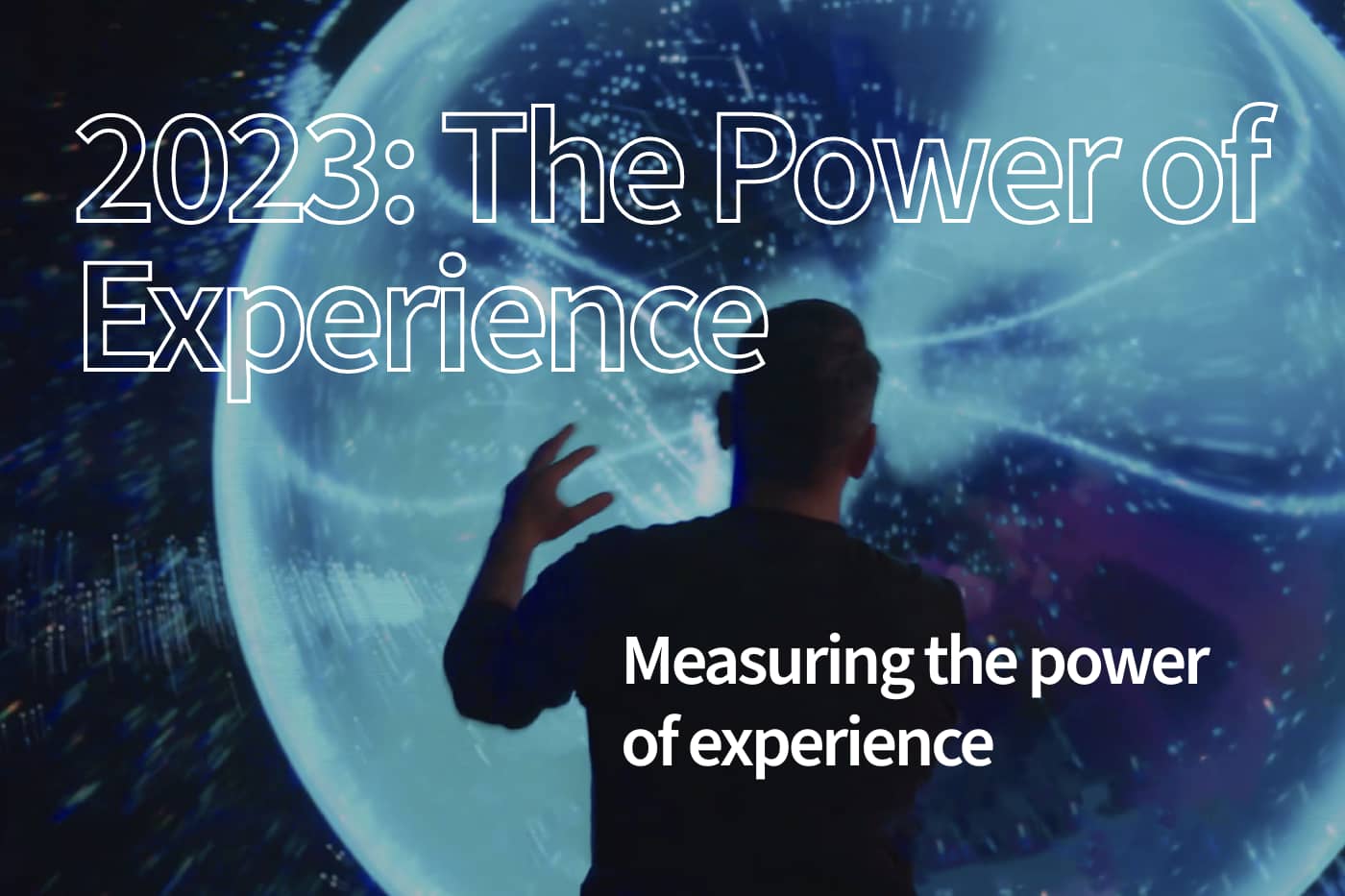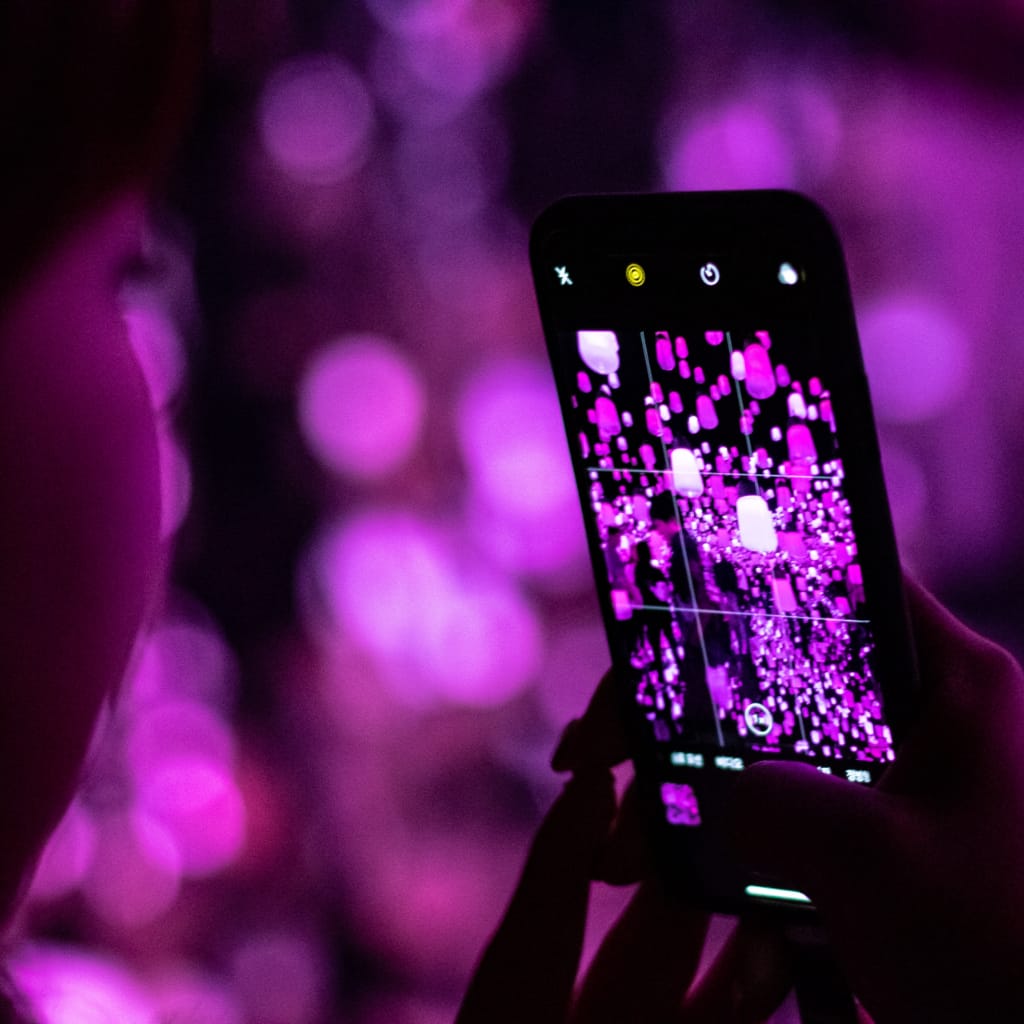
This article was published by Performance Marketing World.
The primary reason for marketers not using experiential is not a lack of belief in its applicability to the challenge, but an inability to persuade budget owners and decision-makers of its effectiveness.
In our survey of 375 senior marketers representing four main industries from around the world between August and September 2022, we found that while the majority had used experiential or events and exhibitions in previous campaigns, a significant minority (22%) had chosen not to.
Common reasons for not using experiential approaches include a lack of experience (for 49% of respondents who have not used experiential) and not enough budget (42%).
One reason, cited by 41% of non-users, is that they ‘can’t measure [its] effectiveness’. This is a misconception that we frequently encounter – and can debunk.
Measuring success
An ability and confidence in measuring the effectiveness of experiential marketing is the number one barrier to adoption.
Digital marketing has spawned countless metrics, and yet the old adage about not knowing which half of your ad spend is wasted persists and remains relevant.
Measuring experiential: The long and the short of it
Experiential marketing can seem challenging to measure because it is constrained by time and place – it often happens in a physical place and at a single moment in time.
Technology has fundamentally changed the ability to measure experience, making it easier to measure the effectiveness of activities, both for people who participate and those who are reached through indirect channels such as social media or the press.
By measuring the effects of long-term brand building and short-term conversion using established standardised industry metrics, marketers can build a like-for-like picture of the effectiveness of experiential marketing against other channels.
The power of experience: a three-point plan
- Measure depth – driving long-term brand value
Research shows a correlation between the time spent with brand and favourability. By its nature, experiential marketing enjoys significantly higher levels of time spent with a brand over above-the-line or social media. By creating a standard metric of engaged minutes, marketers can compare time spent with brand across any marketing activity – from a few seconds in the case of OOH, to minutes and even hours in the case of experiential.
Additional qualitative measures such as surveys and Net Promoter Scores (NPS) can be used to validate the impact amongst attendees. - Measure behaviour – driving short-term conversion
While the depth of engagement offered by experiential marketing is a key driver of long-term brand value, experiential marketing can be equally effective in driving short-term conversions. Measuring this means focusing on the conversion metrics that are important to brands, and might include leads generated, product trialling or purchases. - Measure reach – the multiplier effect from media and social
Experiential marketing has traditionally focused on in-person experiences. Now there is significant additional value in designing experiences to be newsworthy and shareable, creating a multiplier effect on social and traditional media, measurable through social listening and media monitoring.
According to Imagination’s Chief Strategy Officer Tom Gray, “Our clients find that by measuring the depth of engagement and the reach of the story, they can compare their experiential marketing against other channels, helping them finetune their activities and their spend – resulting in more effective creative, more value to the bottom line.”
Businesses are looking to brands to deal with market changes, societal changes and a looming recession. To understand how to deal with all three, email marketing@imagination.com to sign up to receive a copy of our report – The Power of Experience, launching soon!


